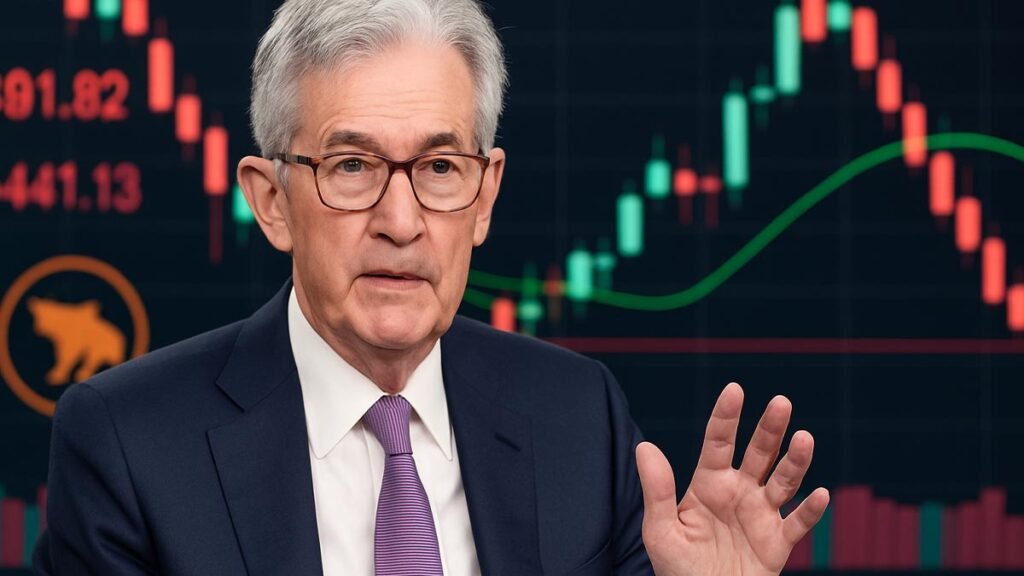The U.S. commercial insurance market remains stable with favorable pricing across most coverage lines, but industry experts are flagging early warning signs of potential market tightening as economic volatility and emerging risks create uncertainty for buyers and carriers alike.
Commercial insurance rates increased 3.8% in the second quarter of 2025, representing a continued moderation from the 5.3% increase in Q1 2025 and 5.6% in Q4 2024, according to WTW’s Commercial Lines Insurance Pricing Survey. This downward trajectory in rate increases has created a more competitive environment for insurance buyers, particularly in property and directors & officers liability coverage.
Market Conditions Present Mixed Signals
Despite the overall favorable conditions, Lockton’s latest market update reveals contradictory trends that industry professionals describe as paradoxical. “In June, we reported on a market full of contradictions,” said Vince Gaffigan, Lockton’s Director of U.S. Market Engagement. “Three months later, that paradoxical nature hasn’t disappeared. In fact, it’s likely to be a constant for the foreseeable future”.
Early warning signs are emerging specifically in the directors & officers and cyber insurance markets, where price tightening may be on the horizon. Meanwhile, third-party liability rates continue climbing for most buyers, driven by social inflation and escalating loss trends.
Economic Pressures Create Uncertainty
Several key economic factors are shaping the insurance landscape and raising concerns among industry professionals. Tariff impacts and their potential effects on inflation and supply chain disruptions remain primary concerns, with some economists increasing recession odds for 2025. Social inflation continues affecting liability lines, particularly commercial auto and umbrella coverage, as jury awards and litigation costs rise.
Natural catastrophe losses present ongoing challenges, with 2024 continuing the trend of rising losses from hurricanes, severe convective storms, flooding, and wildfires. The question for 2025 remains whether the industry will face a truly catastrophic event comparable to Hurricane Andrew.
Coverage Lines Show Divergent Trends
Commercial property insurance has entered a strong position, with insurers pursuing growth driven by profitable underwriting results and reduced inflationary pressures. Property rates experienced their first decrease after several quarters of slowing growth, benefiting accounts with favorable loss histories and lower catastrophe exposures.
However, commercial auto remains the most challenging coverage line, with rates maintaining double-digit growth due to rising claim costs, distracted driving, and driver shortages. Workers’ compensation and cyber insurance continued showing price decreases, while excess and umbrella liability saw the largest increases.
Industry Capital Supports Competition
Strong carrier earnings and robust capital reserves are driving the competitive environment. Policyholder surplus in the U.S. has surpassed $1 trillion, while global reinsurance capital reached record highs exceeding $700 billion. This abundant capacity is enabling insurers to pursue growth strategies while maintaining disciplined underwriting.
Strategic Implications for Businesses
“With geopolitical volatility, shifting regulations, and deep economic uncertainty, execution matters,” said Greg Spore, Lockton’s U.S. Professional and Executive Risk Market Leader. Companies with strategic foresight are better positioned to secure favorable outcomes by investing in risk management and partnering with brokers who provide data-driven guidance.
The current environment presents opportunities for well-prepared buyers to secure favorable terms and broaden coverage options, particularly in lines where capital is abundant. However, the cyclical nature of insurance markets suggests this favorable landscape may be temporary, influenced by factors such as declining rates, increasing loss costs, and potential catastrophe losses.
Looking Ahead
Industry experts emphasize that while current market conditions favor buyers, the underlying economic and social pressures suggest continued volatility throughout 2025. Companies are advised to maintain close communication with brokers, understand market segmentation, and prioritize comprehensive risk data to achieve optimal renewal outcomes in this evolving landscape.
Disclaimer: This article is based on publicly available industry reports, market updates, and expert commentary. It is intended for informational purposes only and should not be considered financial or insurance advice. Businesses are advised to consult licensed professionals for guidance tailored to their specific needs.


